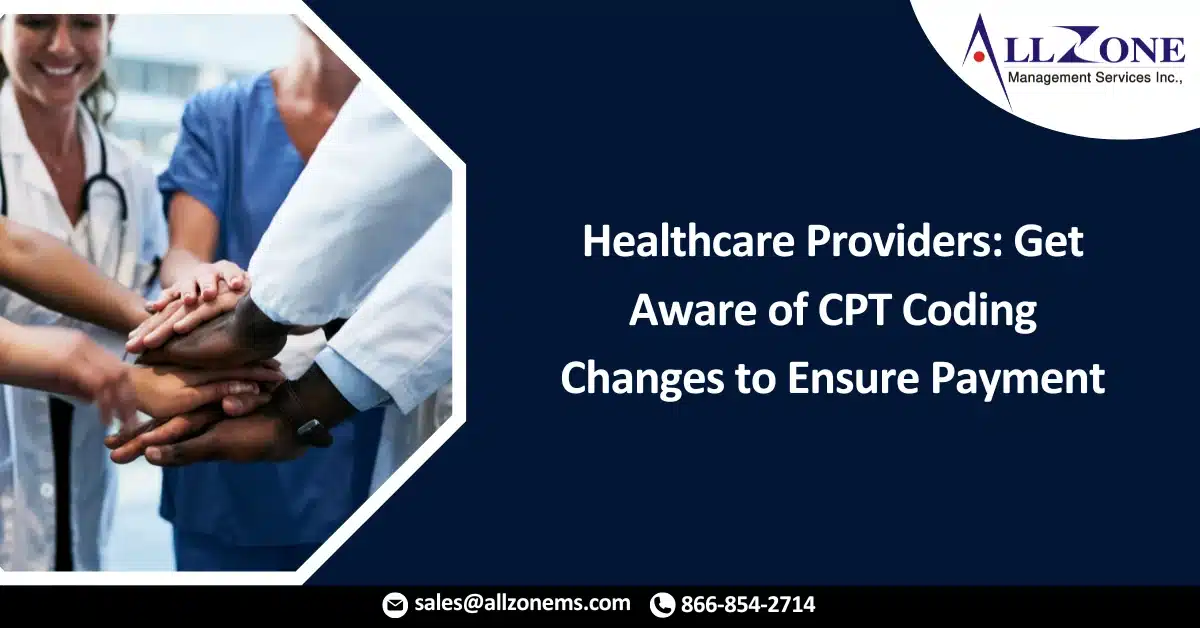CHICAGO – Much of remote digital health depends on the Current Procedural Terminology, or the CPT code set, which opened the door to payment for remote patient monitoring and remote therapeutic monitoring.
Providers should be aware of CPT changes, especially for any codes that may be going away at the end of the public health emergency, said Brian Scarpelli, executive director of Connected Health Initiative. Scarpelli and Robert Jarrin, strategic advisor for ResMed, presented “The Future of Digital Health Coding and Payment” at HIMSS23.
Virtual supervision by doctors and clinical staff is going away at the end of the PHE on May 11, Scarpelli said. Traditionally, physicians need to be in the room. During the pandemic, the Centers for Medicare and Medicaid Services enabled a number of ways virtual supervision could suffice, he said.
Other codes used during the pandemic may not be going away, but providers may find the services harder to bill, Scarpelli said.
“We’re hearing a lot from members, separate from remote monitoring,” Scarpelli said.
There’s concern over two families of remote physiological monitoring, as in measuring the glucose level for someone with diabetes or COPD. The other concern is for therapeutic monitoring for musculoskeletal disorders.
How CMS goes, so go private payers. One insurer has issued coverage determinations that severely restrict use cases to pay for remote monitoring, he said.
“What CMS does for Medicare is deeply influential on private systems,” Scarpelli said. “Honestly, where rubber hits the road, CMS takes that code and drops it into its regulation.”
Knowing what codes will result in payment is important from both a policy perspective and a coding perspective, Scarpelli said.
The CPT codes offer doctors and healthcare professionals a uniform language for coding medical services. CPT codes are also used for administrative management purposes such as claims processing and developing guidelines for medical care review, according to the American Medical Association.
The range of flexibilities and benefits for asynchronistic tech weren’t put into place to benefit remote monitoring, he said, but RPM has been the main beneficiary of it.
Source: https://www.healthcarefinancenews.com/news/providers-need-be-aware-cpt-coding-changes-get-paid

